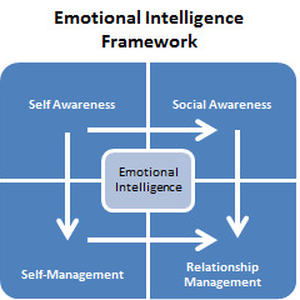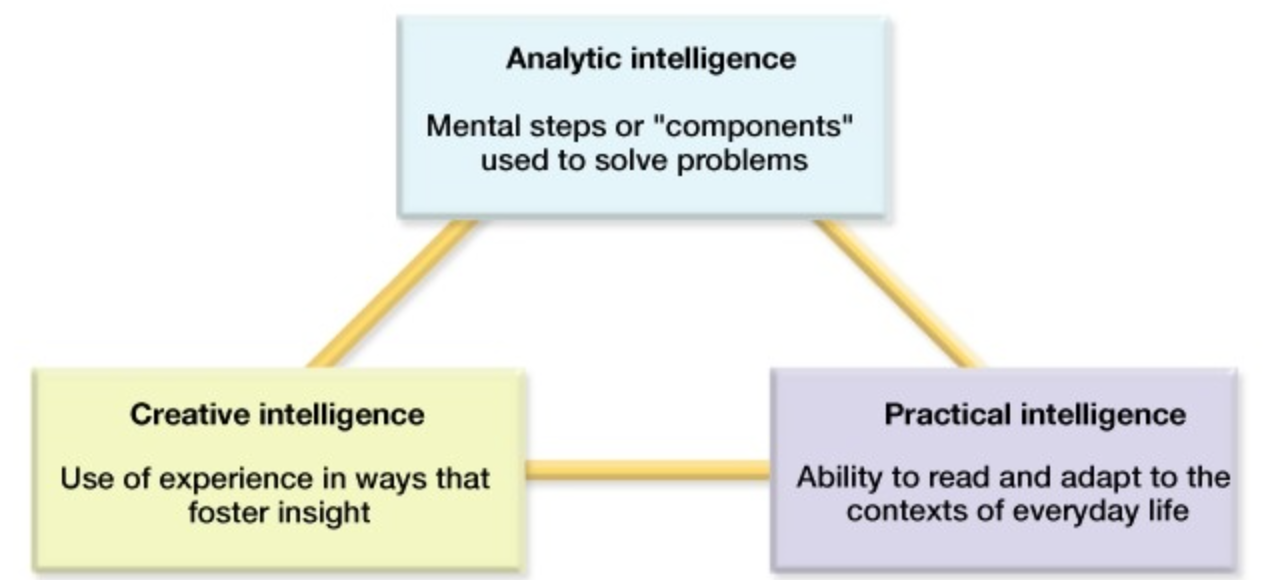用户:Grotton JXz Donbrako/Psychology/Chapter 11
目录
页面介绍
本页面所转载文章出自APPsychPrep网站所分享幻灯片[1],由GJD转载。
转载时有改动,无任何原内容省略。
正文
Testing Differences

- Francis Galton was a pioneer in the study of human intelligence.
- Galton was interested in the question of whether human ability was hereditary, and proposed to count the number of the relatives of various degrees of eminent men.
- Standardized tests: Test items have been tested on a similar population of people, and achievement norms have been established.
- The standardized sample are the people, for example, taking the SAT on a particular testing date, who are representative of the people taking the SAT in general.
- The test makers, psychometricians, figure out, through statistical analysis which questions are a good fit. They determine which questions are just right, meaning not too hard, nor too easy.
- What standardized means, loosely, is that if you took an SAT test in November 2016, then again in November 2017, and assuming your math, read, and writing abilities hadn't diminished, then you score should be roughly the same on both tests – note that if you studied harder for the second test, that score would probably improve.
- Split-half reliability: A test for a single knowledge area is split into two parts and then both parts given to one group of students at the same time.
- The scores from both parts of the test undergo a statistical analysis, and a correlation may be uncovered.
- If people who did well on one portion of the test and also did well on the other, we have equivalent-form reliability.
- Test-retest reliability refers to the correlation between a person's score on one administration of the test with their score on a subsequent administration of the test.
- Face validity refers to a superficial type of validity. The criteria on which you measure the accuracy of something may not be the most reliable measure.
- For example, in choosing a doctor, you base your decision on how well a doctor can treat your symptoms by what the doctor is wearing.
- What the doctor is wearing is a superficial measure for how well she can treat your symptoms.
- Content validity refers to how well a measure reflects the entire range of material it is supposed to be testing.
- If you're looking for a doctor to treat your symptoms, a better set of measures could be her education, previous clinical record, patient experiences, reputation, etc.
- Criterion-related validity: Tests may have two kinds of criterion-related validity, concurrent and predictive
- Concurrent validity measures how much of a characteristic a person has now. Is she a good doctor now?
- Predictive validity is a measure of future performance. Does she have the characteristics to become a great doctor?
- Construct validity, the degree to which a test measures what it claims/purports to be measuring, construct validity is an assessment of the quality of an experimental design.
- "Does my experiment measure the construct it is supposed to measure?"
- If you do not have construct validity, you will draw incorrect conclusions from the experiment.
| Aptitude Tests vs. Achievement Tests | |
| Aptitude Tests | Achievement Tests |
| Predict future performance | Assess current performance |
| Focuses on predictive validity | Focuses on content validity |
| Evaluate more general competencies that may be innate or acquired in the distant past | Evaluate more specific competencies that have been recently learned |
- Speed tests consist of a large or infinite number of questions asked in short amount of time. The goal of a speed test is to see how many questions can be accurately completed (e.g., typing test).
- Power tests consist of questions increasing in difficulty (e.g., math test).
- Tests in school are a mixture of both Speed tests and Power tests.
- Group tests are administered to a large number of people one time. Interaction between the examiner and the group is minimal.
- Individual tests involve greater interaction between the examiner and examinee.
Intelligence
- Intelligence is defined as the ability to gather and use information in productive ways.
- Fluid intelligence: Our ability to solve abstract problems and pick up new information/skills.
- Crystallized intelligence: Involves using knowledge accumulated over time.
- Charles Spearman used a statistical technique, defined later as factor analysis, and discovered that what we see as many different skills is actually one General Intelligence, also know as the G Factor.
- In other words, if you’re good at one thing, you can transfer that energy and ability to another thing.
- Factor analysis is a statistical method used to describe variability among observed, correlated variables in terms of a potentially lower number of unobserved variables called factors.
- Personality characteristics example: punctual, hard-working, positive attitude.

- Daniel Goleman was a pioneer in emotional intelligence.
- "EQ" is similar to Howard Gardner's intrapersonal and interpersonal concepts.


- Alfred Binit and Theodore Simon pioneered 'mental age', what a person of a particular age should know.
- They discovered that by figuring out someone's mental age, they could predict future performance.
- They hoped they could use the test to help underperforming children.
- Lewis Terman developed the Intelligence Quotient.
- A person’s IQ score, gathered from a test, is computed by dividing the person’s mental age by his or her chronological age, and then multiplied by 100.
- IQ = Mental Age / Chronological Age * 100
- David Wechsler devised an alternate IQ test, called the Wechsler IQ test, that measured verbal comprehension and performance skills (non-verbal).
- He also developed the Wechsler Adult Intelligence Scale (WAIS) and the Wechsler Intelligence Scale for Children (WISC).
- The average score is 100, and there are three scores: Verbal, Performance, and Total.
- The Wechsler tests yield IQ scores based on what is known as deviation IQ.
- The tests are standardized so that the mean is 100, the standard deviation 15, and the scores are normal distributed.
- A criticism of intelligence tests is that they have a cultural bias.
- Cultural Bias: An aspect of an intelligence test in which the wording used in questions may be more familiar to people in one social group than another.
- Example: One intelligence test asked, "What would you do if you were sent to buy a loaf of bread and the grocer said he did not have anymore?"
- Minority students stated they would, "go home," while the correct answer was "try another store."
- In the neighborhood in which minority student' lived, there wasn't usually another store.
Nature-nurture debate
- Nature: Behavior is determined by our inherited, genetic structure. Behavior can be said to be innate (in born).
- Nurture: Behavior is the result of learning and experience resulting from outside factors from parents, media, peers, etc. Behavior is learned.
- Most contemporary psychologists believe that both heredity, nature, and environmental experiences, nurture, are important in determining intelligence.
- The disagreement is over the relative contribution of each part to intelligence.
- Monozygotic (identical) twins have the same DNA, and they perform roughly the same on IQ tests. But monozygotic twins are usually brought up in very similar environments.
- Wiki: The heritability of IQ for adults is between 57% and 73%, with some more-recent estimates as high as 80% and 86%.
- Performance on intelligence tests has been increasing throughout the century. This is called the Flynn effect.
- Psychologists argue that differences in IQ between races is a function of socioeconomic status (environment/nurture) rather than genetically determined (genes/nature).